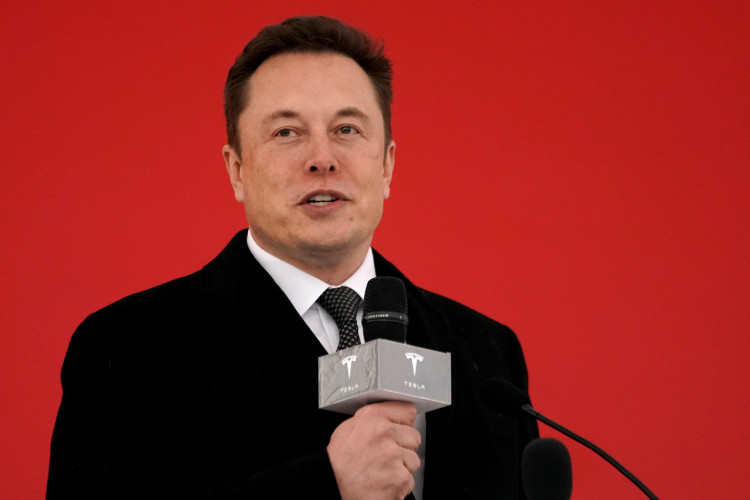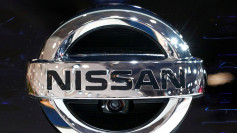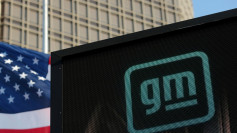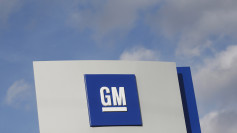Among others, Tesla's Autonomy Investor Day came with a purpose for Elon Musk to detail the future projects of his company to its investors. Tesla's autonomous driving tech became the focal point of the event, with Musk going full hands-on despite his ongoing battle with the Securities and Exchange Commission. Despite this, Musk excited both his fans and critics with tweets that made Autonomy Investor Day a vital milestone for Tesla.
Originally scheduled on April 19, the Autonomy Investor Day was moved on a later date based to what CNet quoted as "investor feedback." Still, Tesla was able to pronounce several breakthroughs and "significant progress" in their autonomous driving software and hardware. Tesla's Full Self-Driving hardware became a focal point in this segment. The FSD tech relies on a series of cameras, front-facing radar, and ultrasonic sensors to inform the vehicle of its surroundings.
However, CNet sees the FSD as a sensitive issue that is capable of boosting Tesla's autonomous driving claims to new heights. According to the website, the FSD doesn't include "core technologies" that other companies with driverless endeavors deem "safe" and reliable for operation. Musk, on the other hand, is still positive on their thrust by saying that their FSD system "will be feature complete" by the end of this year.
In contrast to Tesla's FSD, companies like Audi use lidar technology and "hyper-detailed" 3D mapping for their self-driving project. Musk and Tesla are on the other part of the spectrum when it comes to this facet. In fact, the CEO has been vocal about his thoughts about lidar sensors and even opted to go full throttle by unveiling a new, in-house developed AI chip as the core for the FSD.
Moving on, the FSD also employs "robust" hardware. Its computer package includes "redundant, custom-designed chips" that handles the ton of information the hardware gives. Musk added that the next-generation FSD will be released in the next two years and that it will be "three times as powerful" as the current iteration. New Tesla models have the current FSD hardware, while older versions can be retrofitted with the said hardware "with minimal effort."
Tech Crunch, however, claims that the Securities and Exchange Commission doesn't consider Tesla vehicles to be Level 4, or fully autonomous. Instead, they are described as Level 2, or cars that use "advanced driver assistance system." To date, the company offers Autopilot and Full Self-Driving. The former is the ADAS as mentioned earlier that combines adaptive cruise control and lane steering.
The latter on the other hand comes with Summon and Navigate on Autopilot as its guidance system to navigate the car. Once the driver enters a specific destination, it can activate "Navigate on Autopilot" and watch Tesla's magic do its thing.





